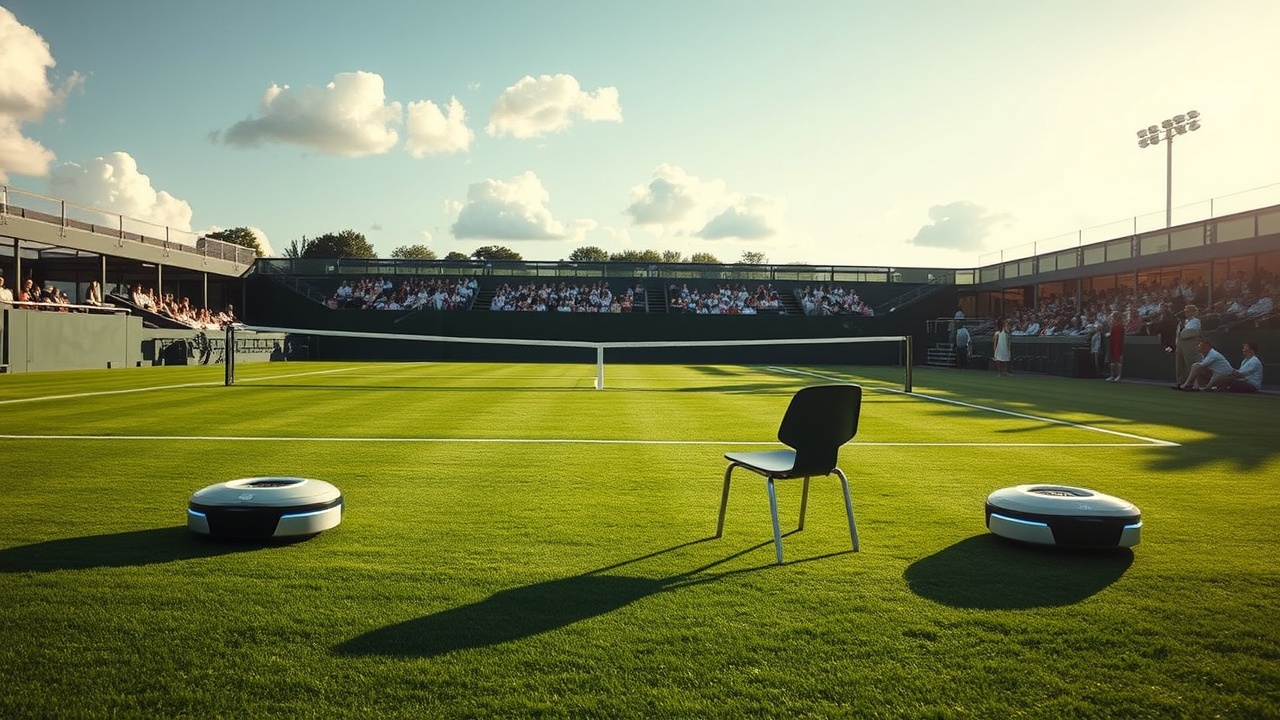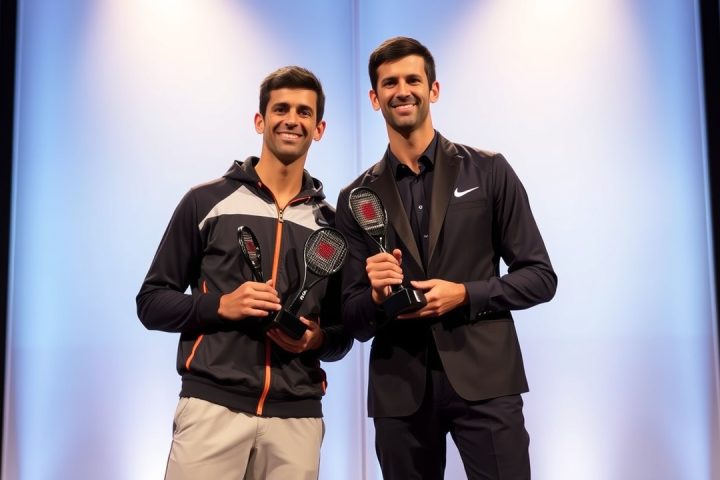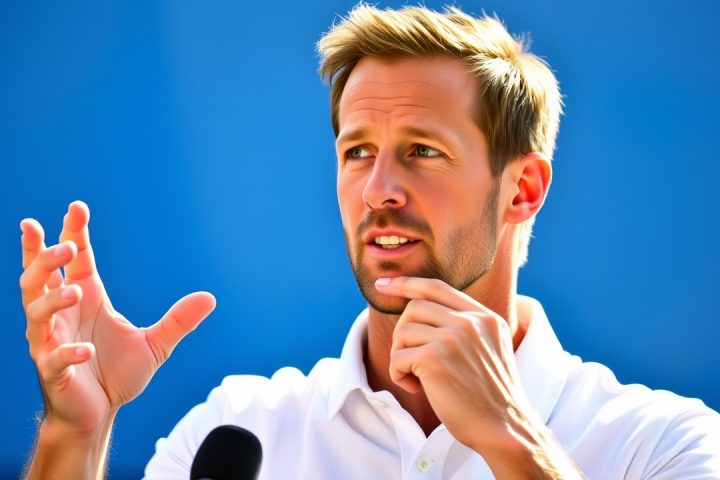Advancements in Technology in Tennis
Advancements in technology have led to the phased elimination of line judges at Wimbledon, marking a significant transformation in the sport. The shift began to take shape around 2007 when veteran chair umpire John Parry traveled to the Champions’ Tour at the Royal Albert Hall to examine the potential of a new technology named Hawk-Eye. This system claimed to enhance ball-tracking accuracy, yet encountered initial setbacks; the irregularities of the wooden floor at the venue caused complications, leading Parry to say,
“I never imagined this system would one day replace us entirely.”
The Rise of Automation
Fast forward two decades, and the embrace of such innovations is apparent at the All England Club where towering green lamp-posts fitted with state-of-the-art cameras now surveil every outside court. The sights might evoke images from a science-fiction narrative, as these machines replace the familiar figures of elegantly dressed officials who have been unceremoniously phased out, deprived of their roles due to a rising tide of automation.
David Bayliss, who debuted as a line judge at Wimbledon in 1997, expressed his sentiment for his colleagues:
“The line judges were my unofficial family.”
The bonds formed amongst officials have transcended professional relationships, intertwining their lives, with shared experiences including attending each other’s weddings and nurturing friendships that outlasted their service on the court.
The Impact of the Pandemic
The ATP Tour first trialed automatic line-calling systems in 2017; however, the onset of the Covid pandemic provided a catalyst that propelled these changes. The All England Club’s recent announcement to incorporate automation confirmed a trend that many knew was inevitable. Most officials, despite facing unemployment, accept that the accuracy of Hawk-Eye and its competitors has surpassed that of human judges, leading to little opposition within the ranks.
Nostalgia for Tradition
This mechanization, however, carries an air of melancholy as the sport releases a time-honored tradition dating back to the 1870s. Andrew Jarrett, a former Wimbledon referee for 14 years, noted that the camaraderie built over shared experiences among tennis officials is irreplaceable:
“It’s a family of people who have worked together at numerous tournaments… you lose that incredible sense of camaraderie.”
Before the shift to automation, a grand slam officiating crew could number around 300, toiling under demanding conditions. They would gather for communal meals, sharing anecdotes and creating memories, but more recently their spaces have been significantly downsized, hinting at the impending changes.
Bayliss reminisces about Wimbledon traditions, including the bespoke uniforms designed by Ralph Lauren, which were a source of pride. Many line judges held great admiration for the top players; interactions, such as Serena Williams sending a heartfelt video to support a dying young official, created lasting memories.
The Future of Officiating
Judging involved rigorous assessment, and only those with high ratings would earn placements on the court’s most challenging lines. Parry underscored the diversity of line judges, from professional to amateur, emphasizing their shared love of tennis and commitment to maintaining fairness in a game that demands precision.
As the final matches at Wimbledon go forward with minimal human oversight, including just chair umpires and few assistants, the future of officiating could be at risk in less celebrated tournaments lacking the financial resources for implementing similar systems. Officials’ dedication to their craft, often devoid of recognition or financial reward, initially motivated them to volunteer yearly, fostering a unique culture among the officials.
Reflecting on the changes, Bayliss spoke of the vital community formed among the officials that supported each other through personal hardships. The emotional connections forged over years of activity highlight a lifestyle rooted in the love of tennis—a poignant reminder that while the sport evolves, it may lose some of its human spirit.
“It was a lifestyle as much as a job,”
he remarked wistfully, expressing regret over what has been lost in the march towards automation.




